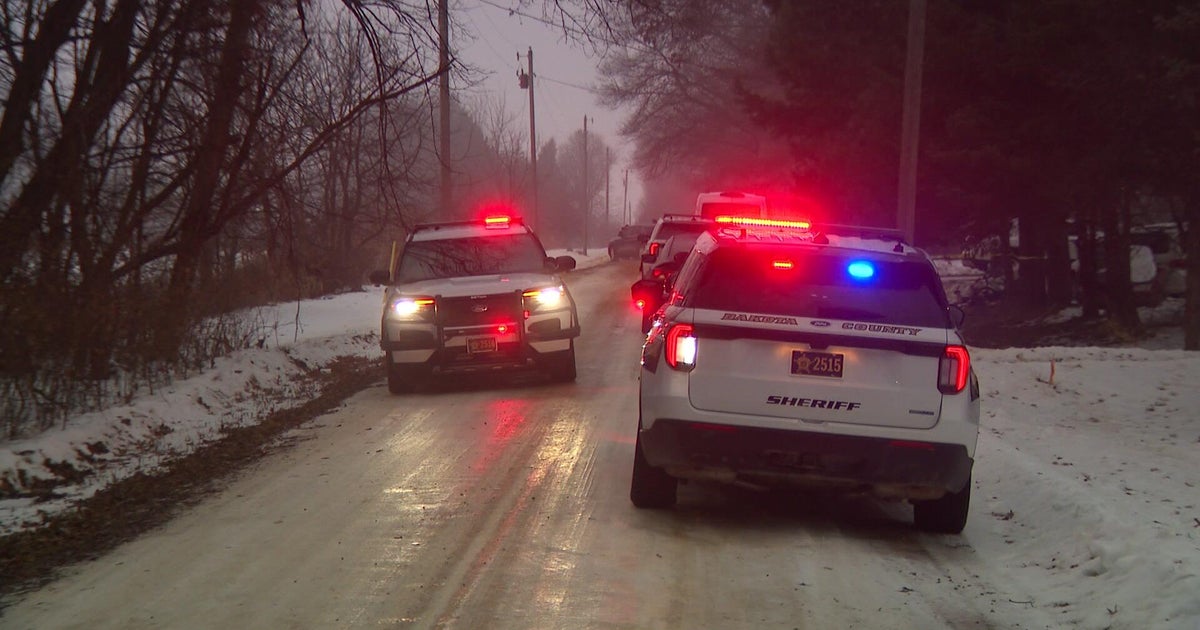Extreme wildfire risk has doubled in the past 20 years, new study shows, as climate change accelerates
Summer has just begun and already the 2024 wildfire season is off to a destructive start. Nearly 20,000 wildfires have burned more than 2 million acres across the United States so far this year, and in New Mexico, thousands of residents fled under evacuation orders while their homes and businesses were destroyed by wildfires.
The recent wet and mild winter in the West produced more grass and vegetation. Recent heat waves baked the region, drying out the new vegetation and creating the perfect fuel for a fire.
And the prevalence and the power of the most extreme wildfires are growing. A new report finds that extreme wildfires appear to have doubled in the past 20 years, both in frequency and magnitude.
It is those "energetically extreme" wildfires, associated with widespread damage to the environment and economy, that have been increasing.
"Climate change is increasingly creating conditions that are conducive to dangerous fires," said Calum Cunningham, a co-author of the study and postdoctoral researcher at the University of Tasmania. "Across much of the earth, the fuels that are involved in fires when they burn are drying and the weather associated with fire is becoming more intense."
The increasing "fuel aridity," or how dry the trees are, has caused more than half of the increase in the extent of forest fire in the western United States between 1979 and 2015.
While the number of the most extreme wildfires are increasing, the number of fires globally has actually decreased in this century. A majority of fires are small, ignited by humans and not particularly damaging.
"We're transitioning out of a period where people thought that we could suppress all fires," said Cunningham. "Not all fire is bad fire, and we need to learn to live alongside fire and that involves creating more of the good types of fire and less of the bad types of fire."
Fires can help keep some ecosystems healthy by returning nutrients to the soil, creating new habitats for plants and animals, and even preventing larger fires by removing dry leaves and logs that could feed large fires without damaging established trees, according to the Western Fire Chiefs Association.
But the widespread damage of the extreme wildfires has been expansive, from killing people and animals, damaging homes and buildings and hurting water and air quality.
The health consequences of the fires linger long after the ashes stop smoldering. Wildfire smoke exposure contributes to nearly 16,000 excess deaths each year for the past decade in the United States, according to a National Bureau of Economic Research analysis released in April. The study warned that it could increase to nearly 28,000 excess deaths per year by 2050 if emissions continue to rise and global warming accelerates
Depending on what is burning, wildfire smoke can contain a variety of chemicals that can cause or exacerbate lung, heart and kidney disease, among other issues. The smoke contains tiny particles that lodge deep into the lungs, which can trigger asthma or heart attacks.
Last summer, a thick haze of smoke from Canadian wildfires laid over the New York City skyline as it blanketed parts of the U.S., leading to days where U.S. cities saw some of the worst air pollution in the world. Those levels of air pollution are "hazardous to anyone," the National Weather Service warned at the time.
The amount of property in the United States at risk from a 5% or greater chance of being affected by a wildfire over the course of a 30-year mortgage is expected to reach $11 billion by 2050, according to a study in Environmental Research Letters.
Parts of Southern California, New Mexico, Texas and Arizona have experienced some of the greatest increases in annual fire weather days, with some areas now seeing around two more months of fire weather compared with a half century ago, according to the nonprofit Climate Central.
Worldwide, the increase in extreme wildfires is largely in forests that primarily consist of spruce and pine trees, which are common in North America and Russia.
These kinds of forests have what Rong Fu, a climate researcher and a University of California, Los Angeles professor of atmospheric and oceanic sciences, calls "the perfect combination" for wildfires – an increase in temperatures and dry, flammable vegetation.
Experts say there are some steps to take to limit the fire damage, such as modifying buildings to make them ignition resistant by adding fire-resistant design and building materials and removing dried trees and brush that can fuel an incoming fire.
Fire, too, can be used to fight fire. Controlled, low-severity fires can proactively reduce the flammable material that fuel extreme wildfires.
Once the fires do come, more firefighters are needed to address the crisis along with more modern tools to make better real time decisions, according to the U.S. Department of Agriculture in a report to Congress last year.
But for climate scientists, the answer is to address the underlying cause: climate change.
"We're now witnessing the effects of climate change," said Cunningham. "It's not something that we can consider as a problem of the future, it's a problem of the now that we need to address."





